Boeing confirmed that it has been eliminated from the competition to replace the E-4B Nightwatch fleet, also known as the “Doomsday” planes.
This seems like bad news for Boeing since it involves a highly visible U.S. national asset. But interestingly, the manufacturer suggests that this development demonstrates a new, more sensible approach to the way it bids for military contracts.
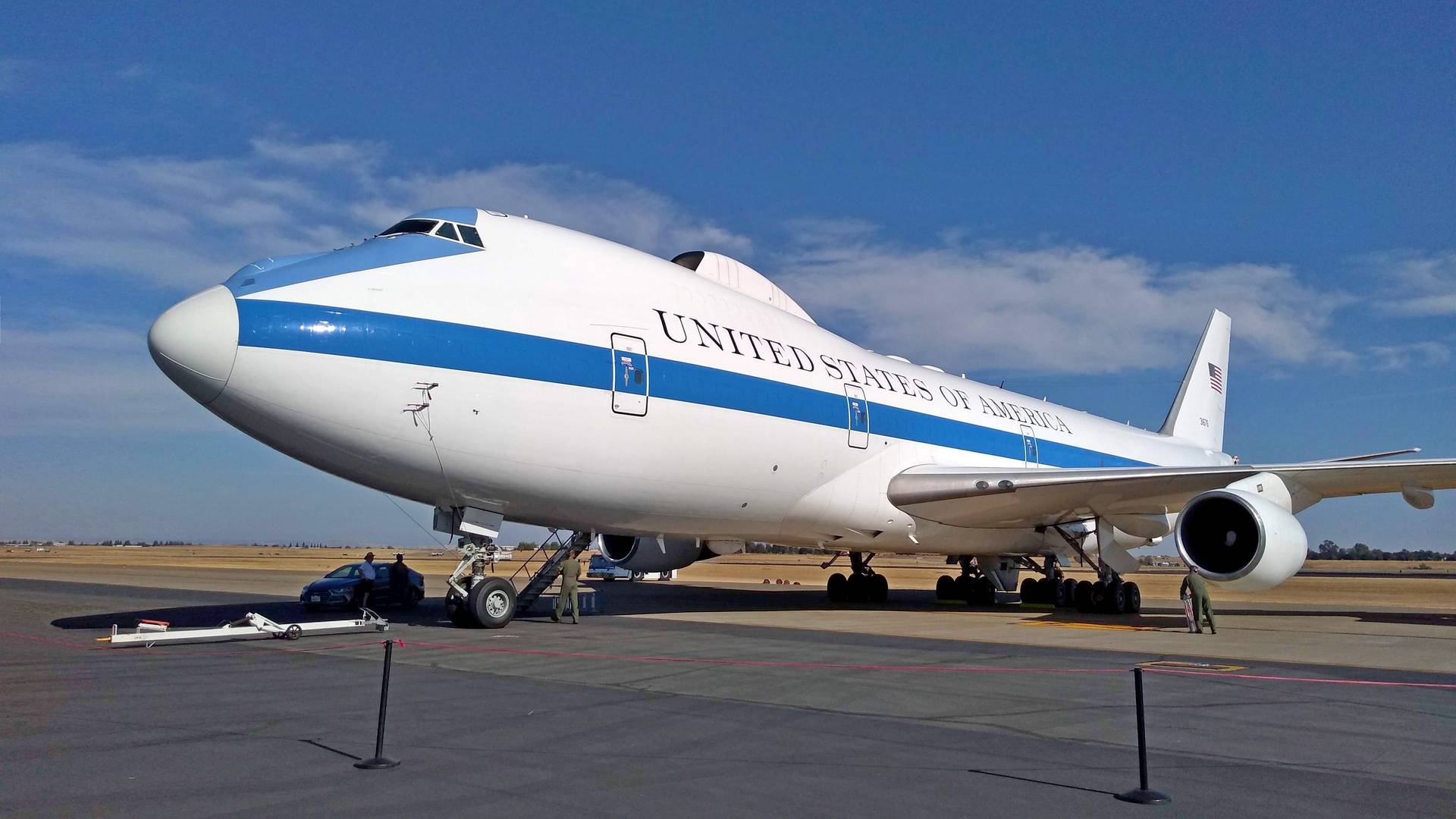
In normal times, the Boeing E-4B Nightwatch serves as the aircraft of the U.S. Secretary of Defense. But its main role is to serve as the Advanced Airborne Command Post (AACP) in case of a possible nuclear war.
For this reason, the aircraft features advanced communications equipment, that the U.S. President will use to command the launch of the country’s nuclear arsenal. Hence the nickname “Doomsday Plane”.
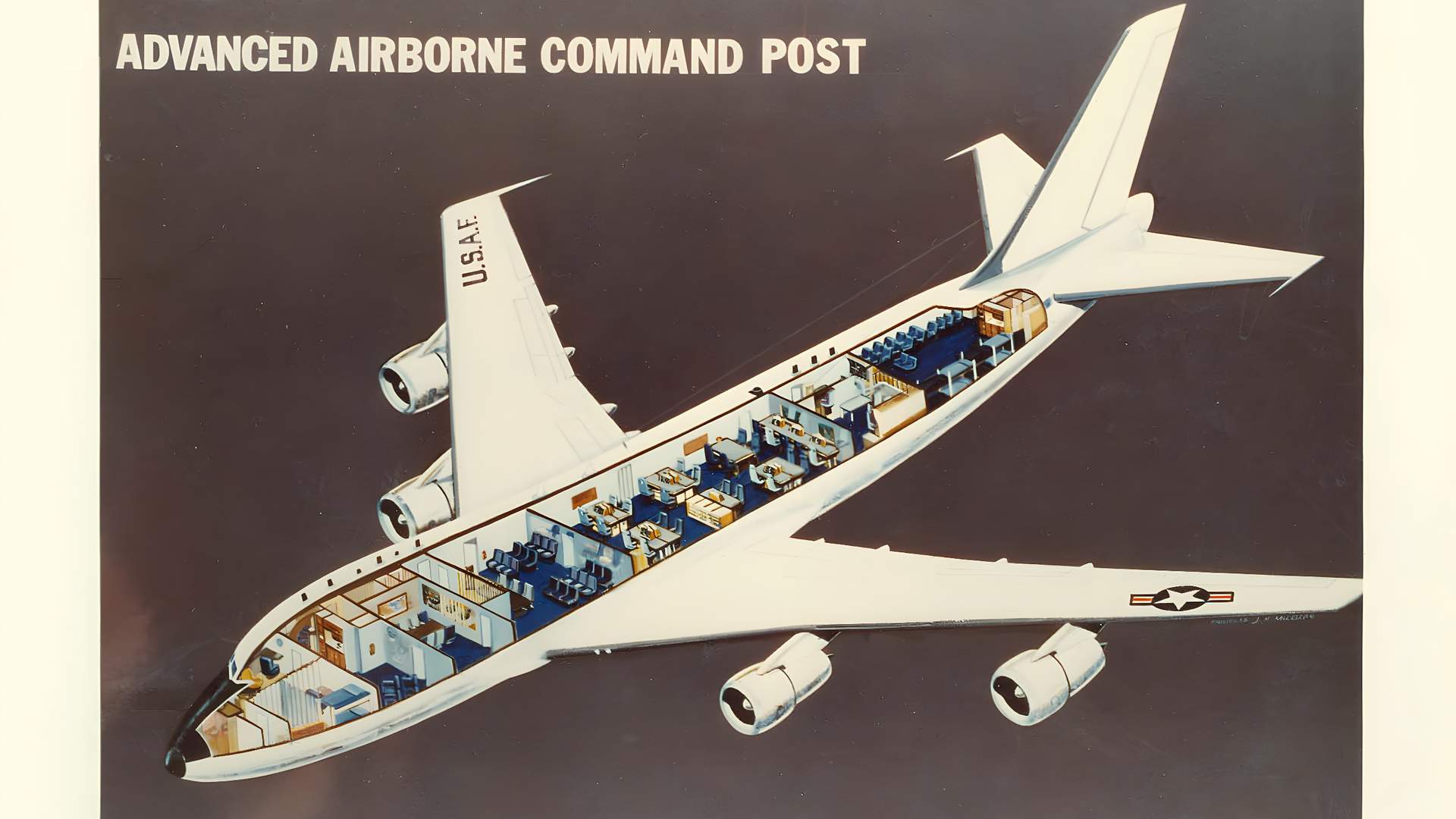
Boeing built a total of four E-4B aircraft, all of which are essentially heavily modified versions of the 747-200. Three of them were initially E-4As, with their designation changing to E-4B after multiple upgrades in the 1980s.
But Boeing’s elimination from the process of replacing the E-4B fleet is surprising because it is almost certain that the next plane for the job will be a Boeing. The U.S. Air Force has stated that, like the E-4B, the next aircraft should have four engines.
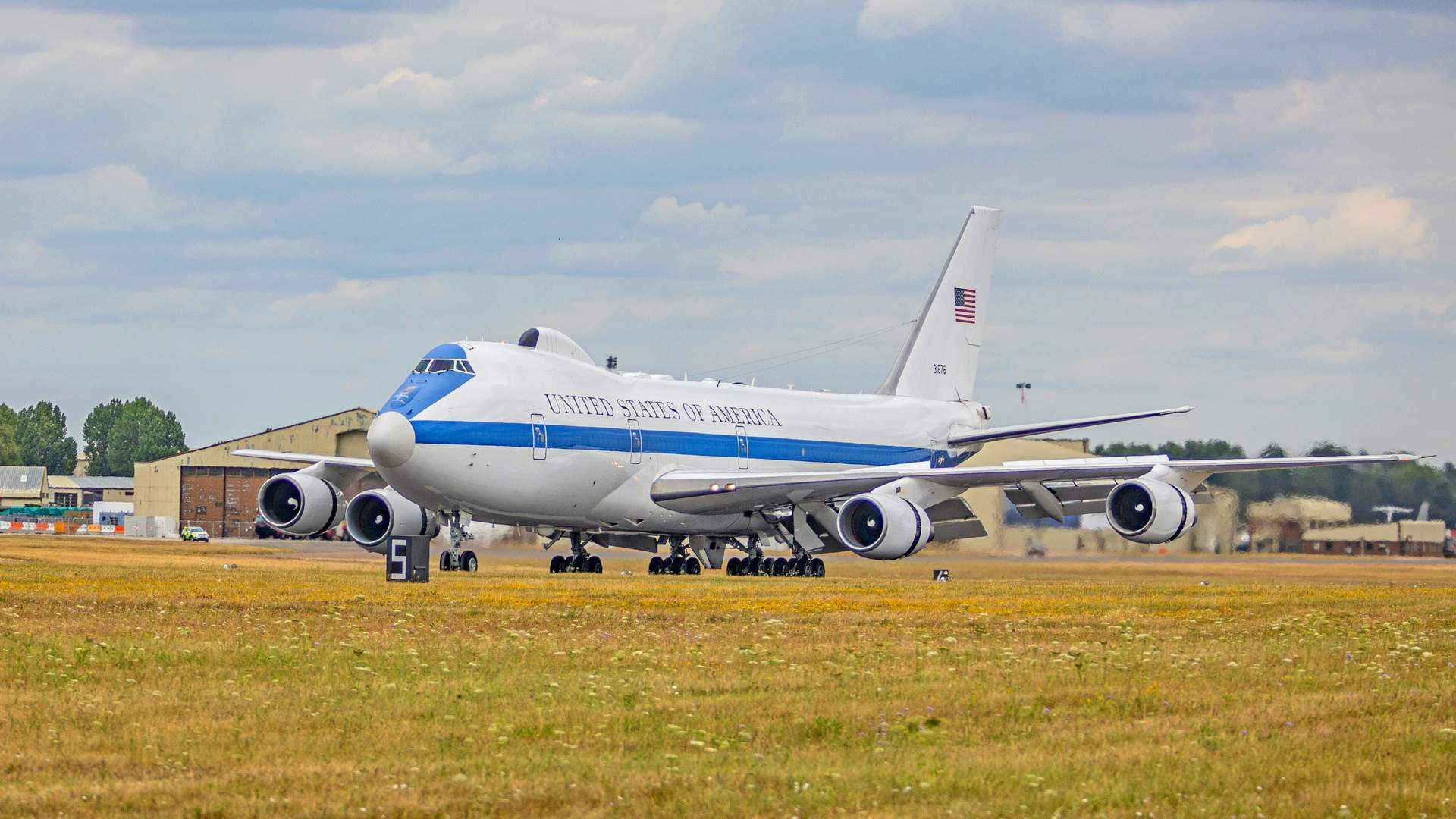
Fixed-Price Contracts
Of course, the production line of the 747 is no more. But Boeing originally built the first two E-4s as commercial 747-200s. Converting existing 747-8s to the same role should, therefore, be possible. However, Boeing has had some bad experiences in this area already.

As we have seen, the American manufacturer has repeatedly recorded charges relating to the next Air Force One replacement, called the VC-25B. Boeing will build two of these jets, using 747-8s whose original customer couldn’t take delivery.
This is because the U.S. Air Force and Boeing had negotiated fixed-price contracts for the two E-4Bs. So Boeing has to cover any additional costs for this project. This is something that Boeing has repeatedly said it will not do on future contracts, like the one for the E-4B replacement.
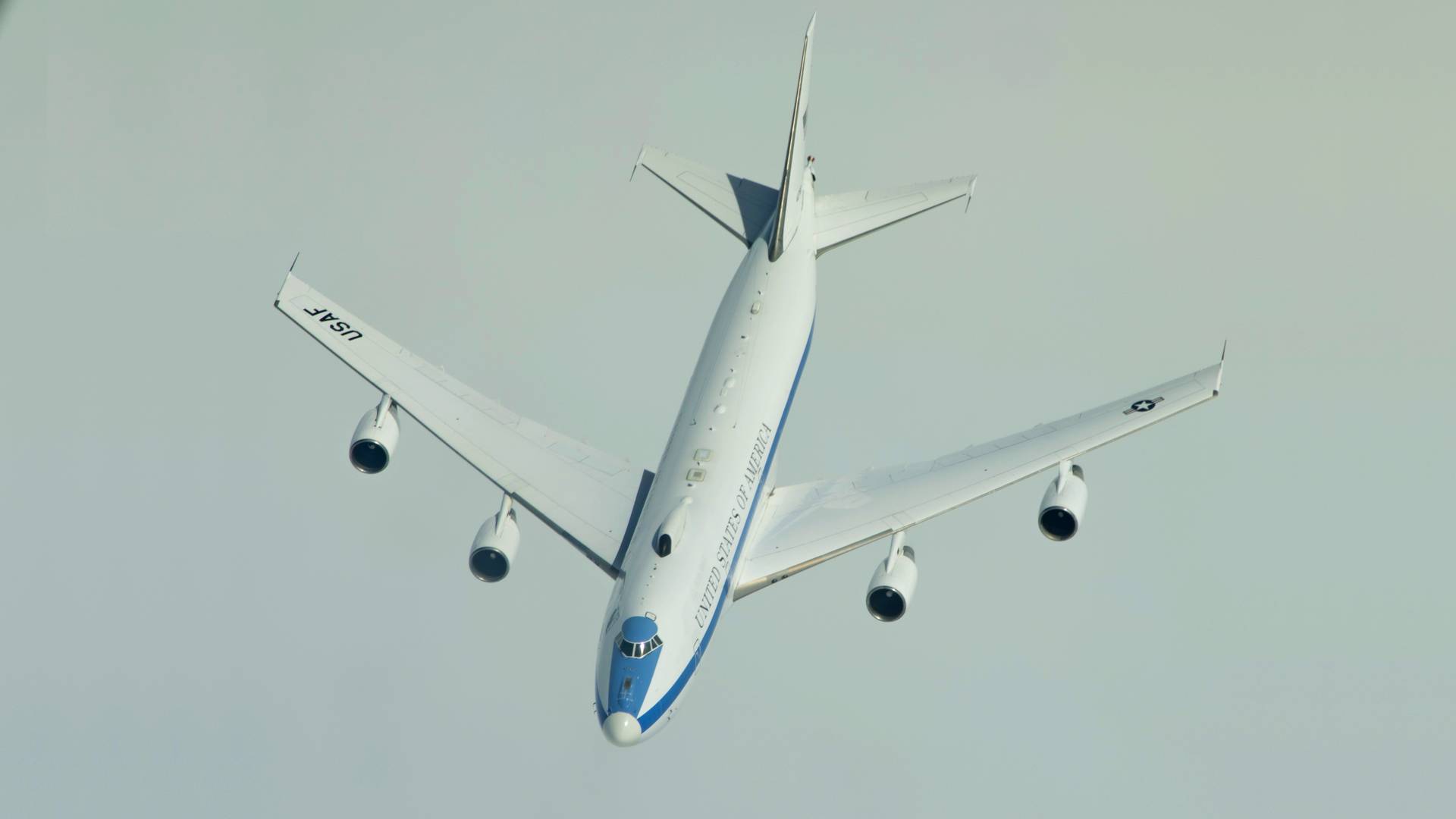
Previous fixed-price contracts include NASA’s Starliner and the U.S. Air Force’s KC-46 tanker. Confirming its elimination from the E-4B replacement contract, Boeing said this in a statement to Reuters:
“We are approaching all new contract opportunities with added discipline to ensure we can meet our commitments and support the long-term health of our business. We remain confident our SAOC (Survivable Airborne Operations Center) approach is the most comprehensive, technically mature and lowest-risk solution for the customer and Boeing.”
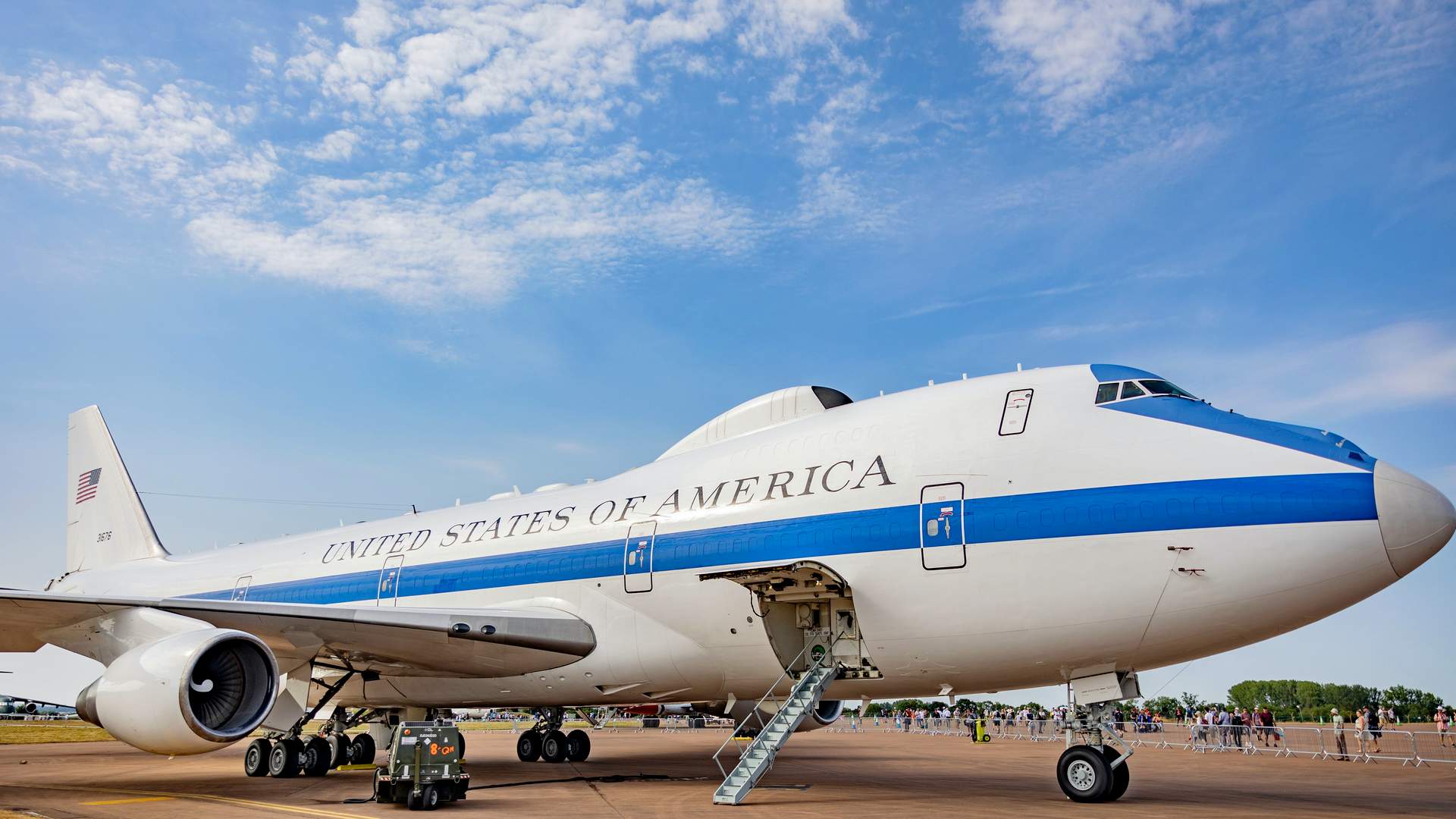
E-4B Replacement – If Not Boeing, Then Who?
But if Boeing doesn’t make the aircraft that will replace the E-4B, then who will? Well, whoever does the work, will likely need to work with existing aircraft. So the winner of the competition could still choose a fleet of Boeing 747s. Other four-engine aircraft could be Boeing’s C-17, and theoretically even the Airbus A380 – which seems quite unlikely.
The U.S. Air Force has budgeted a total of $8.3 billion for the program, but its timeline is unclear. Currently, the Boeing E-4B fleet looks set to stay in service for at least another decade. Besides Boeing, a defense contractor called Siera Nevada Corp has expressed interest in picking up this contract.
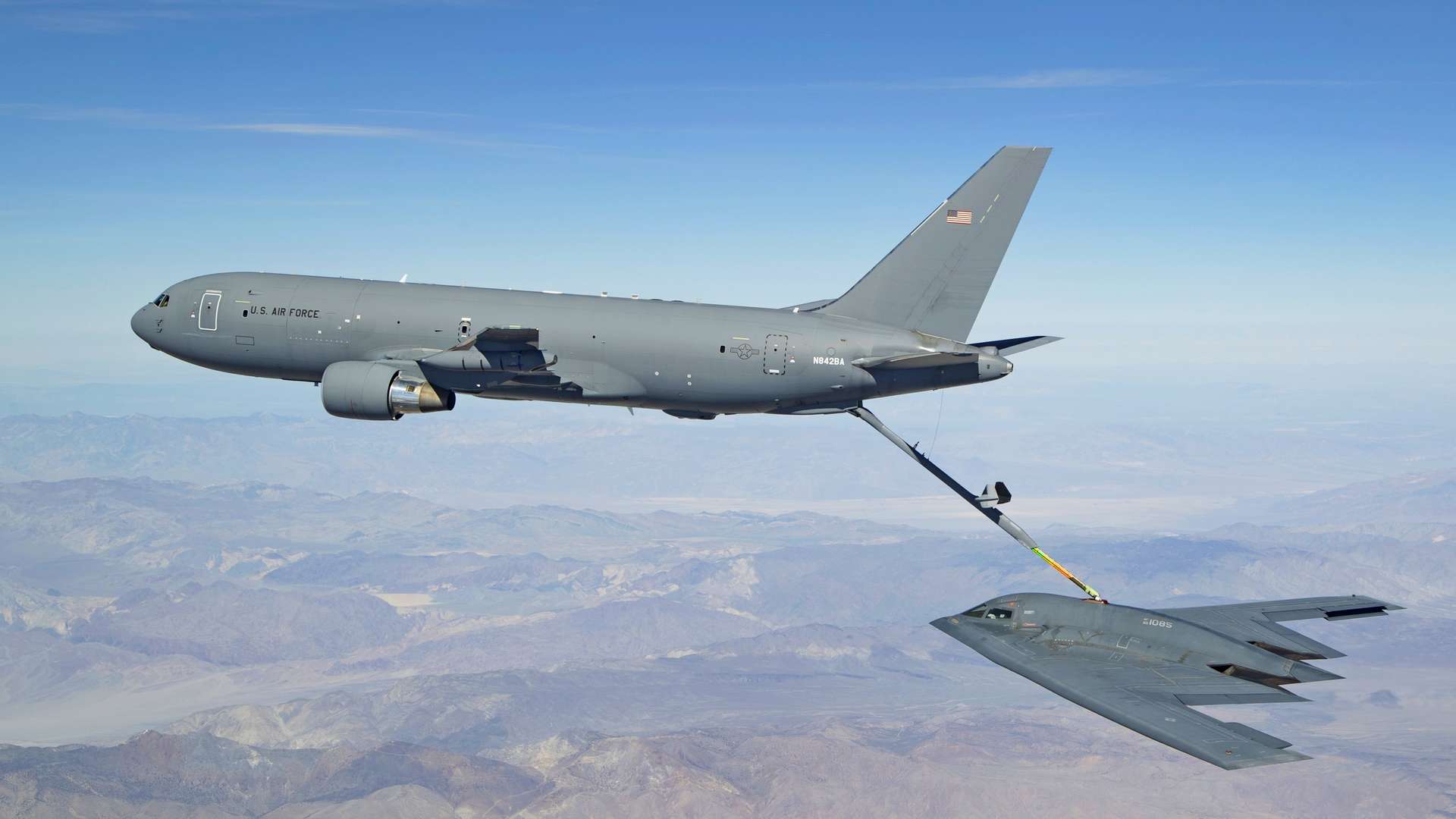
Boeing is keen to show to its investors that it will maintain a more disciplined approach in the way it “chases” contracts. It seems that the manufacturer intends to make this case an example of that approach.
At the same time, Boeing is vying for other military contracts, including for more KC-46 tankers. As we saw, Lockheed recently announced that it won’t take part in that competition, ending its partnership with Airbus, which strengthens Boeing’s position.
Check out this MentourNOW video for more information on the E-4B and some other unusual 747s:



